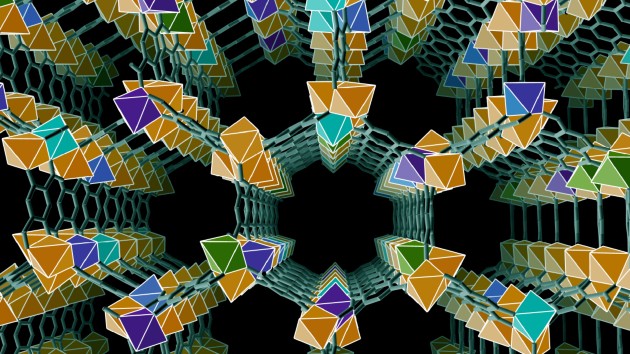
Our September issue
Dielectric breakdown of oxide films in electronics, nanomaterials for glioblastoma vaccination, activity versus stability in electrocatalysts & untangling complexity in plastics.

Dielectric breakdown of oxide films in electronics, nanomaterials for glioblastoma vaccination, activity versus stability in electrocatalysts & untangling complexity in plastics.


Inorganic lithium superionic conductors are central to the development of solid-state batteries, but the availability of practical superionic conductors is still limited. This Review highlights structural and chemical strategies to enhance ionic conductivity and maps a strategic approach to discover, design and optimize fast lithium-ion conductors for safe and high-energy-density all-solid-state batteries.
